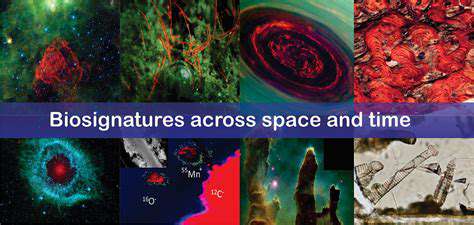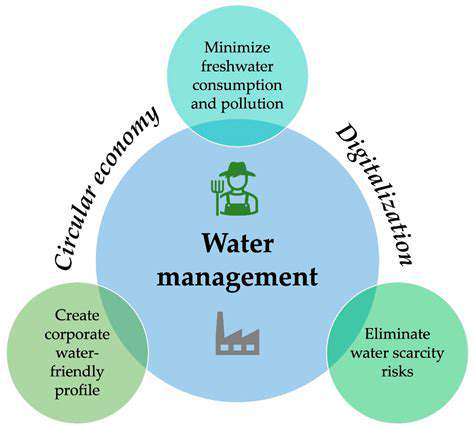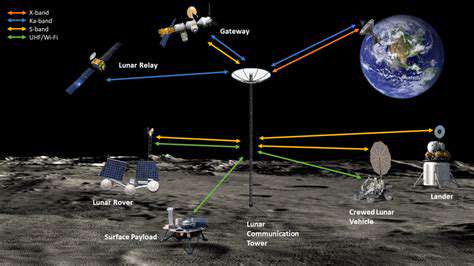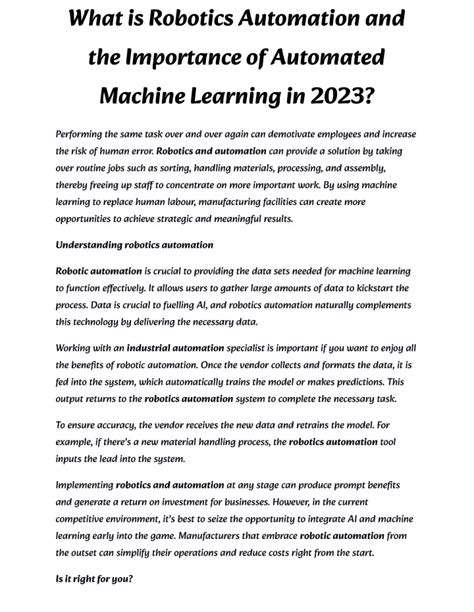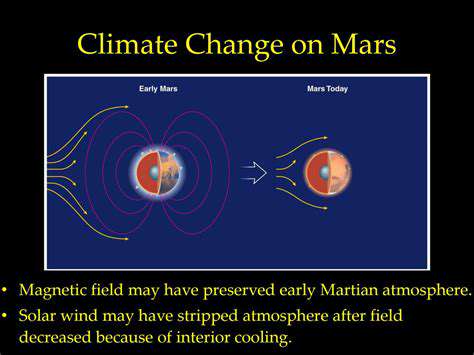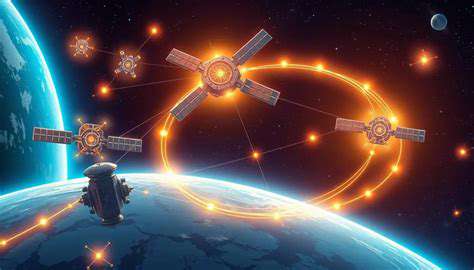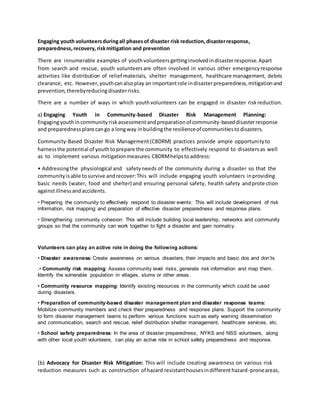Effective thermal management is paramount for the success of lunar landers, ensuring the survival of onboard equipment and crew. Extreme temperature fluctuations on the Moon, ranging from scorching daytime highs to frigid nighttime lows, pose a significant challenge. Sophisticated thermal control systems are essential to maintain a habitable and operational environment within the lander, preventing damage due to overheating or freezing. These systems must be robust enough to withstand the harsh lunar environment and capable of providing consistent temperature regulation in the face of variable solar irradiance and thermal inertia.
Various technologies are being explored, including the use of advanced thermal insulation materials to minimize heat loss or gain. These materials need to be lightweight, durable, and effective across the wide range of lunar temperatures. Furthermore, active cooling systems, potentially utilizing phase-change materials or specialized heat exchangers, may be integrated to manage temperature fluctuations more precisely.
Passive Cooling Techniques: Minimizing Energy Consumption
Passive cooling strategies are crucial for minimizing the energy consumption of lunar landers. These approaches leverage the inherent properties of materials and design to regulate temperature without relying on active components. For example, careful selection of materials with high thermal conductivity can facilitate heat dissipation. Strategically placed radiators can efficiently radiate excess heat into space. Employing multi-layered insulation blankets and reflective surfaces can mitigate heat gain from the sun, ensuring the lander remains within a safe operating temperature range during the lunar day.
Active Cooling Systems: Maintaining Consistent Temperatures
In cases where passive approaches are insufficient, active cooling systems become necessary. These systems actively remove heat from critical components, ensuring consistent temperatures even during extreme conditions. Advanced heat pipes and liquid cooling systems are being researched to effectively dissipate heat and maintain optimal operating temperatures for sensitive electronics and life support equipment. Careful consideration needs to be given to the energy requirements of these active systems, balancing thermal control with overall power consumption.
Insulation and Thermal Protection Systems: Shielding from Extremes
Effective insulation and thermal protection systems are critical components of any lunar lander. They create a barrier between the lander's interior and the harsh lunar environment, mitigating the effects of extreme temperature variations. Advanced insulation materials, like multi-layered insulation blankets, are crucial for minimizing heat transfer. These materials need to be lightweight, durable, and capable of withstanding the vacuum of space and the impact of micrometeoroids. The design of these systems must account for both heat gain and heat loss to maintain a stable internal temperature.
Material Selection: Durability and Performance in Extreme Conditions
The choice of materials for lunar landers is a crucial aspect of thermal management. Materials must exhibit exceptional thermal stability and resistance to extreme temperatures. Lightweight and durable materials are essential for minimizing the overall mass of the lander. The selection process must also consider the potential for radiation damage and the impact of the lunar environment on material properties. Specialized alloys and composites are being researched to meet the demanding requirements of lunar missions.
Thermal Modeling and Simulation: Predicting Performance in Advance
Accurate thermal modeling and simulation are critical for optimizing the design and performance of lunar landers. These tools allow engineers to predict the thermal response of the lander to various environmental conditions, enabling them to identify potential problems and optimize the design before physical prototypes are built. Detailed simulations of solar irradiance, thermal conductivity, and heat transfer mechanisms are crucial for designing effective thermal management systems. This predictive approach can save significant time and resources, ensuring the success of lunar missions.
Future Developments and the Potential for Autonomous Landing Systems
Autonomous Landing Systems: Enhanced Safety and Efficiency
Autonomous landing systems for lunar landers represent a significant leap forward in space exploration. These systems promise to enhance the safety and efficiency of lunar missions by automating critical aspects of the landing process. By reducing the reliance on human intervention during the often complex and potentially hazardous descent phase, autonomous systems can potentially minimize the risk of mission failure and maximize the payload delivered to the lunar surface. This automation also frees up human astronauts for other crucial tasks, maximizing the overall scientific return of the mission.
The ability to autonomously navigate complex terrain and execute precise landing maneuvers, even in the face of unexpected events, is a crucial advantage of these systems. This capability would allow landers to target specific, scientifically valuable landing sites with significantly improved accuracy, potentially leading to discoveries that would otherwise be missed.
Improved Payload Delivery and Resource Utilization
Autonomous landing systems will likely play a pivotal role in optimizing payload delivery and resource utilization. Precise and accurate landings, made possible by autonomous systems, can significantly reduce the amount of fuel required for the descent. This fuel savings translates to lighter spacecraft, allowing for larger payloads to be transported to the Moon, carrying more scientific equipment, samples, or even construction materials for future lunar outposts.
Furthermore, autonomous systems can identify and utilize lunar resources more effectively. By autonomously surveying the lunar surface for suitable landing zones and resource deposits, these systems can optimize the utilization of on-site materials, potentially reducing reliance on Earth-based supplies and paving the way for self-sufficient lunar operations.
Enhanced Mission Flexibility and Adaptability
The flexibility and adaptability offered by autonomous landing systems are crucial for future lunar missions. These systems can react to unexpected events, such as changes in weather patterns or lunar surface conditions, allowing for adaptive mission execution. This adaptability is essential for addressing unforeseen circumstances and ensuring that missions are resilient in a harsh environment. This adaptability is a key differentiator from previous lunar missions that relied heavily on pre-programmed sequences.
Moreover, the autonomous systems can be reprogrammed and adapted to different mission objectives, enabling a more versatile and dynamic approach to lunar exploration. This flexibility is especially valuable for scientific missions where unexpected discoveries might require immediate adjustments or new exploration targets.
Challenges and Future Research Directions
While the potential benefits of autonomous landing systems are substantial, significant challenges remain. Robust testing and validation in simulated lunar environments are crucial for ensuring the reliability and safety of these systems. Developing robust algorithms that can handle a wide range of unforeseen situations and lunar conditions is also essential. Furthermore, the integration of these systems with existing lunar infrastructure and communication systems requires careful planning and execution.
Future research should focus on developing advanced navigation and obstacle avoidance algorithms, improving communication reliability in the lunar environment, and exploring the integration of AI and machine learning techniques to make these systems even more intelligent and adaptive.
Potential Impact on Lunar Exploration and Colonization
The development and deployment of autonomous landing systems will significantly impact the future of lunar exploration and potentially lunar colonization. By reducing the cost and risk associated with lunar landings, these systems will pave the way for more frequent and frequent lunar missions, accelerating scientific discoveries and advancing our understanding of the Moon. This increased accessibility to the lunar surface will enable the establishment of lunar outposts, enabling long-term research and potentially even human settlement.
The ability to automate landing procedures paves the way for a more sustainable presence on the Moon, reducing the need for extensive human intervention and maximizing the utilization of lunar resources. This will ultimately lead to a greater understanding of our celestial neighbor, facilitating the eventual colonization and exploitation of lunar resources for the benefit of humanity.

